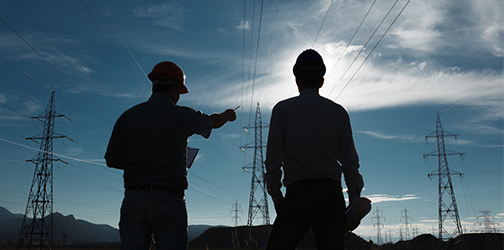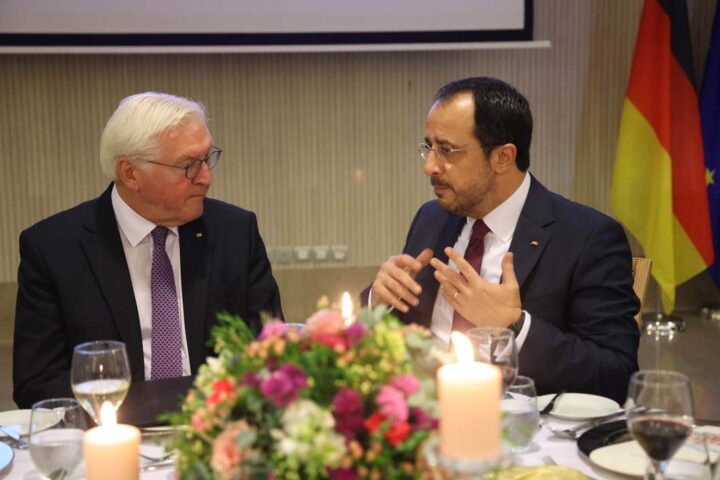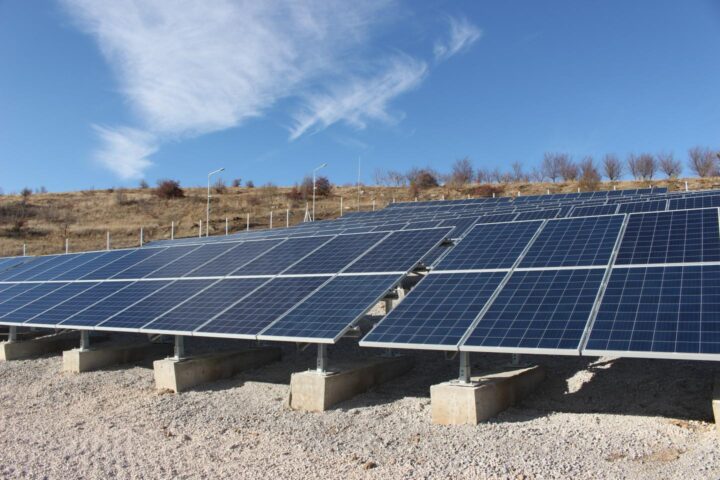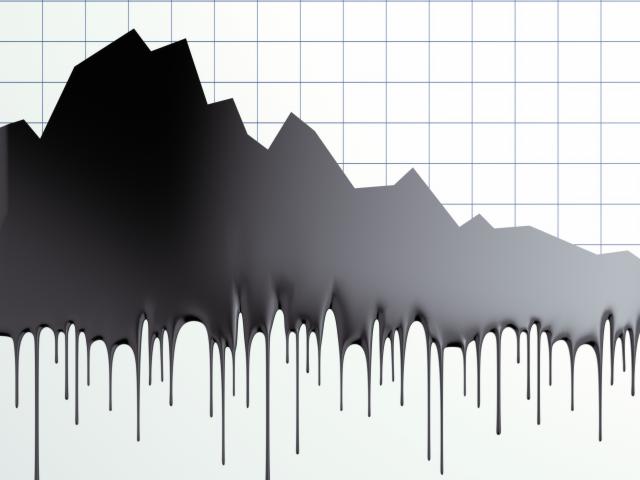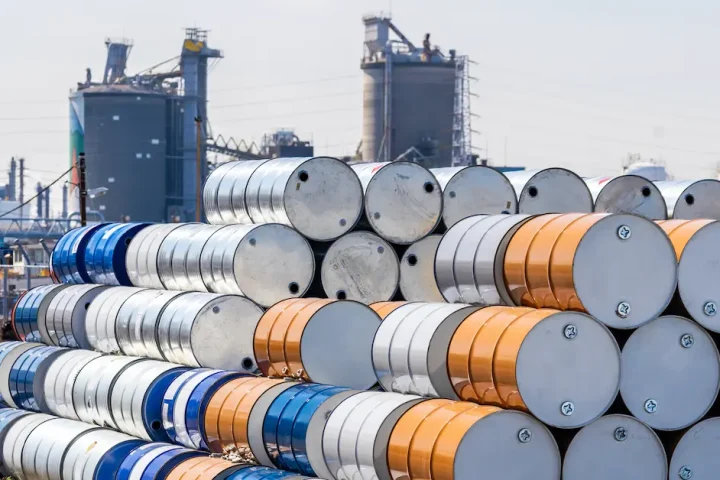EuroAsia Interconnector is placed at the top of the list of priority projects included in the Commission’s impact assessment report, reviewing the proposal for European green bonds that will fund clean energy efforts over the next 30 years.
This initiative is part of the European Commission’s 2021 Work Programme.
It is one of the actions proposed by the EC to implement the European ‘Green Deal’ to reach climate goals and inject funds into local economies as part of the Covid-19 Recovery and Resilience Fund.
The 1,208km subsea electricity cable that links the national grids of Israel, Cyprus, and Greece, is one of nine major energy projects identified by advisory EY as “shovel-ready projects with the potential to create social, environmental, and economic value over the next two years.”
It is considered a ‘mature project’ and successfully included in successive Union lists of projects of common interest (PCIs), making it eligible for funding from the Connecting Europe Facility that is bankrolling clean energy projects.
The Cyprus government is expected to boost the EuroAsia Interconnector as part of the RRF to help the island meet its zero-carbon emission targets by or before the 2050 target.
The Dutch newspaper De Volkskrant said the European Commission proposed Tuesday to establish a ‘gold standard’ for green bonds.
It said to rid the European energy, and transport system of fossil fuels, about €350 bln is needed each year to achieve the additional target and previously planned investments.
Part of this money can come from the Covid-19 recovery fund, but participation by the financial sector is indispensable because this is where the bulk of the money is.
The financial paper Het Financieele Dagblad reported that large companies and financial institutions must be open about how sustainable their activities, investments and loans are.
Brussels hopes this will encourage the business community to become more aware of climate change and thus encourage good behaviour.
By 2050, the European Union must be the first ‘climate neutral’ continent that no longer emits any net carbon dioxide (CO2).
To accomplish this goal, governments desperately need the help of private investors and the business community, the Commission’s Executive Vice-President Valdis Dombrovskis said on Tuesday.
Bonds for green investment
To raise extra money for the climate approach, the European Commission also proposed the arrival of a new European green bond that should boost the small but fast-growing green investment market.
According to an EU official, that amounts to €1 bln, or 2% to 4% of the total number, but increases by 40% annually.
Broadcaster RTL 4 said that Commission EVP Frans Timmermans would present his climate plans next week.
Among the plans is the end of cars with a diesel or gasoline engine by 2035, while purchasing an electric car will become much more attractive.
After Timmermans presents his plans, the 27 member states and the European Parliament need to agree about the measures.
The RRF is on the agenda of Thursday’s talks in Cyprus between the government and Commission President Ursula von der Leyen.
She met firefighters in the wildfire area that destroyed 55 sq. km. of forest and killed four people over the weekend and will deliver the government’s Recovery & Resilience Plan approval.
The EY report identified over 1,000 projects across the EU27, which are developed and only need the last push to be realised.
“Together, these projects represent an aggregate investment of €200 bln, distributed evenly in all EU27 countries,” the EC impact assessment report said.
EY estimates the list of 1,000 projects “only captures about 10% of green projects currently under development, meaning that the potential is much larger.”
According to EY, the entire EU pipeline of green projects could be as high as €1 trln.
“Central and Eastern European countries perform very well in identifying green projects: Cyprus, Croatia and Slovakia have the highest ratio of projects per million inhabitants and outperform large economies in producing projects.”
Cyprus behind Sweden
EY ranked Cyprus second behind Sweden among the number of projects per million inhabitants, with 8.3 compared to Sweden’s 8.5 and ahead of Slovakia and Croatia with 8.1 and 8.0, respectively.
“In relative terms, several Eastern or South-Eastern countries outperform the largest EU economies.”
EY said the breakdown of projects per country has also been analysed in relative share to population.
“The result indicates that a high relative proportion of projects has been reached in Sweden, Cyprus, Slovakia, Croatia, Estonia, Luxembourg and the Czech Republic.
“This may reflect the dynamism of investors and of project or technology developers active in the sectors covered by the analysis.”
The other priority energy projects include wind farms in Estonia, Finland and Ireland, a floating solar system in Germany, solar parks in Slovakia and Spain, thermal seasonal energy storage in Sweden and the Crete-Attica electricity interconnector, to which the €2.5 bln EuroAsia Interconnector is designed to hook up with.
The green bonds will also support transport projects – electric buses in Bulgaria, Italy, the Czech Republic and Slovakia, a self-sustaining solar passenger ship in Croatia.

